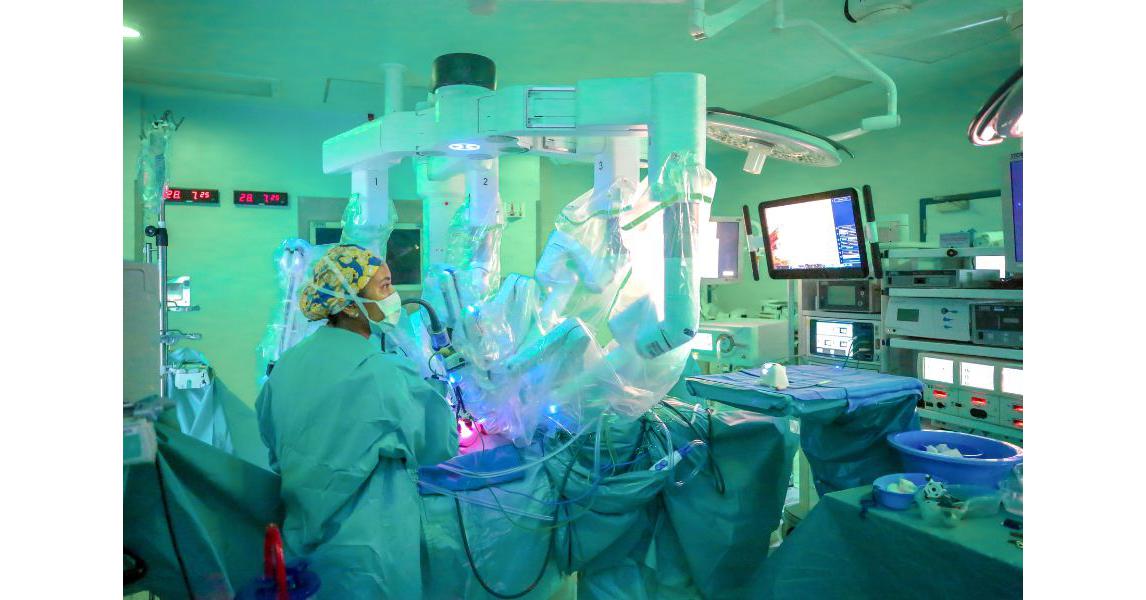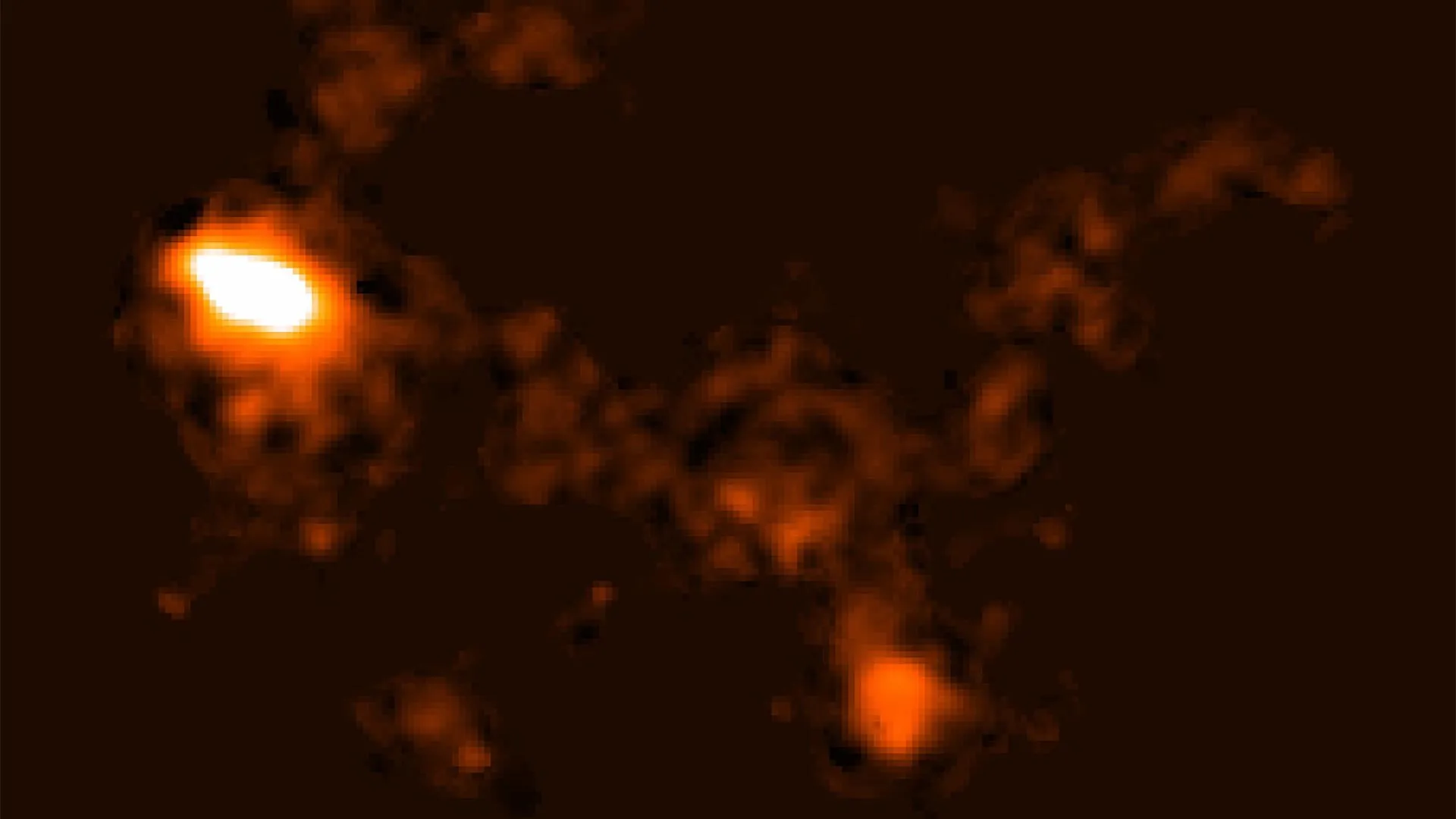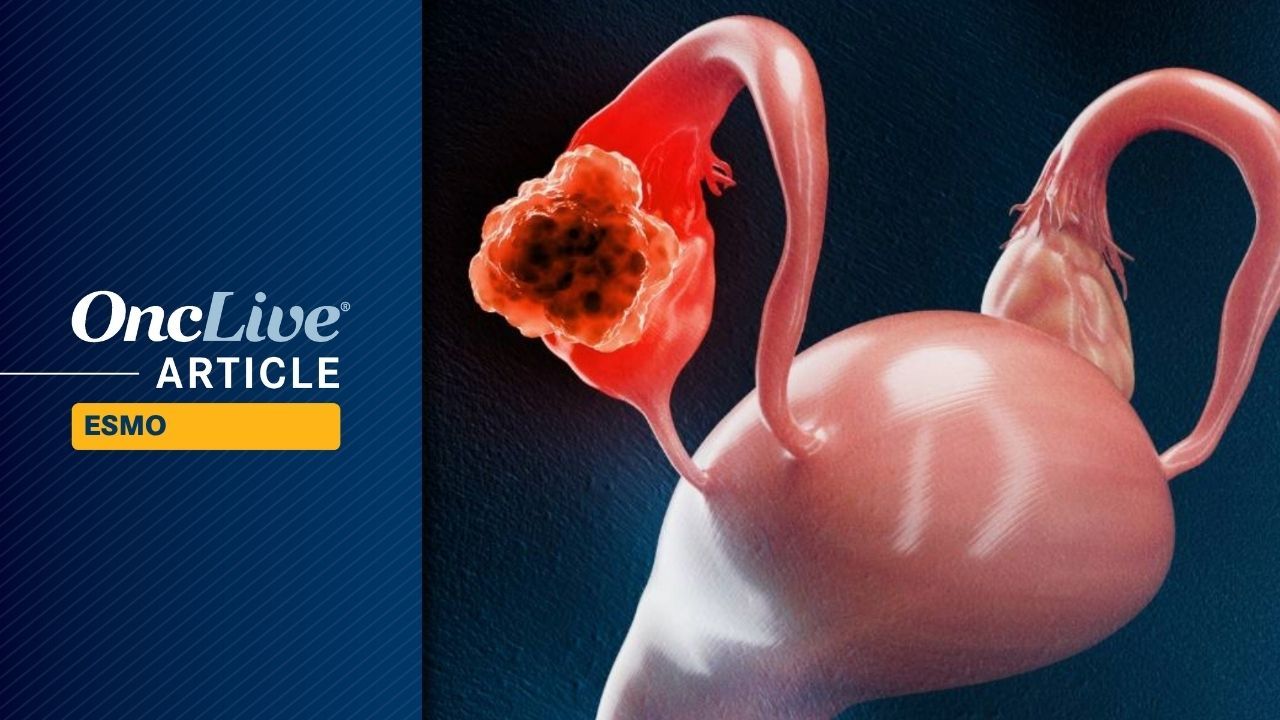A clinically meaningful progression-free survival benefit (PFS) was observed with fam-trastuzumab deruxtecan-nxki (T-DXd; Enhertu) plus pertuzumab (Perjeta), despite prior treatment, hormone receptor status, or PIK3CA mutations, when compared with taxol, trastuzumab, and pertuzumab (THP), for patients with HER2-positive advanced or metastatic breast cancer. The results were presented as a subgroup analysis for the phase 3 DESTINY-Breast09 trial (NCT04784715) at the
Prior Treatment Status
The PFS assessment for prior treatment status looked at those with de novo disease or recurrent disease. The median PFS for patients with de novo disease and treated with T-DXd plus pertuzumab was not calculable (NC; 95% CI, 36.5-NC) compared with 31.2 months (95% CI, 23.5-NC) for patients treated with THP (HR, 0.49; 95% CI, 0.35-0.70). The PFS for those with recurrent disease in the T-DXd plus pertuzumab arm was 38.0 months (95% CI, 26.9-NC) and 22.5 months (95% CI, 18.1-NC) for those in the THP arm (HR, 0.63; 95% CI, 0.46-0.87).
The confirmed objective response rate (cORR) for patients with de novo disease receiving T-DXd plus pertuzumab (n = 200) was 90.5% (95% CI, 85.6%-94.2%) with 16.5% of patients having a complete response (CR) and 74.0% having a partial response (PR) vs 82.0% (95% CI, 76.0%-87.1%) in the THP arm (n = 200) and 6.5% having a CR and 75.5% having a PR. For those with recurrent disease, the cORR for those with de novo disease (n = 183 vs 187) was 79.2 (95% CI, 72.6%-84.9%) with 13.7% having a CR and 65.6% having a PR vs a cORR of 74.9% (95% CI, 68.0%-80.9%) with 10.7% having a CR and 64.2% having a PR.
The median duration of response (DOR) for de novo disease in the T-DXd plus pertuzumab arm was 39.2 months (95% CI, 35.1-NC) vs 31.3 months (95% CI, 24.5-NC) for those in the THP arm. For those with recurrent disease, the median DOR was 35.3 months (95% CI, 27.3-NC) vs 21.9 months (95% CI, 18.4-NC) in the THP arm.
Baseline characteristics for those with de novo disease in the T-DXd plus pertuzumab arm compared with the THP arm was an ECOG performance status of 0 (68.0% vs 60.5%), brain metastases (5.0% vs 3.5%), visceral metastases (73.0% vs 68.5%), hormone receptor positive status (56.0% vs 53.0%), and PIK3CA mutations not detected (73.0% vs 72.5%). For those with recurrent disease, the characteristics included an ECOG performance status of 0 (65.6% vs 66.8%), brain metastases (8.2% vs 8.0%), visceral metastases (73.8% vs 70.1%), hormone receptor positive status (51.9% vs 55.1%), and PIK3CA mutations not detected (65.6% vs 64.7%).
For those with de novo or recurrent disease, any treatment-emergent adverse effects (TEAEs) occurred in 100% vs 99.4% of patients in the T-DXd arm vs 99.0% vs 98.9% in the THP arm. TEAEs of grade 3 or higher were noted in 57.0% vs 52.5% in the T-DXd arm and 51.0% vs 53.8% in the THP arm. Any TEAEs leading to discontinuation occurred in 23.0% vs 18.2% of patients in the T-DXd arm vs 33.3% vs 22.8% in the THP arm. Adjudicated drug-related interstitial lung disease (ILD)/pneumonitis occurred in 14.5% vs 9.4% in the T-DXd arm and 1.0% vs 1.1% in the THP arm.
Hormone Receptor Status
The median PFS for patients who were hormone receptor-positive was 38.0 months (95% CI, 36.0-NC) in the T-DXd plus pertuzumab arm and 27.7 months (95% CI, 22.4-NC) for patients in the THP arm (HR, 0.61; 95% CI, 0.44-0.,84). For patients who were hormone receptor-negative, the median PFS in the T-DXd plus pertuzumab arm was 40.7 months (95% CI, 40.7-NC) vs 22.6 months (95% CI, 17.3-32.7) in the THP arm (HR, 0.52; 95% CI, 0.37-0.73).
“Patients with [hormone receptor-positive disease] could receive concurrent [endocrine therapy] benefit after 6 cycles of T-DXd or discontinuation of taxane [therapy], which occurred in 13.5% [of patients in the T-DXd plus pertuzumab arm] vs 38.3% [in the THP arm],” Sibylle Loibl, MD, PhD, chair of the German Breast Group and the Chief Executive Officer, and associate professor of obstetrics and gynecology at the Goethe University of Frankfurt, said in the presentation.
Regarding cORR for patients with hormone receptor-positive disease in the T-DXd plus pertuzumab arm (n = 207) was 81.2% (95% CI, 75.2%-86.2%), with 14.5% of patients having a CR and 66.7% having a PR. In the THP arm (n = 209), the cORR was 77.0% (95% CI, 70.7%-82.6%) with 7.2% of patients having a CR and 69.9% having a PR. For patients with hormone receptor-negative disease, the cORR in the T-DXd plus pertuzumab arm (n = 176) was 89.8% (95% CI, 84.3%-93.8%), with 15.9% of patients having a CR and 73.9% having a PR. In the THP arm (n = 178), the cORR was 80.3% (95% CI, 73.7%-85.9%) with 10.1% of patients having a CR and 70.2% having a PR.
The median DOR for patients with hormone receptor-positive disease receiving T-DXd plus pertuzumab was 35.3 months (95% CI, 34.8-NC) vs 26.4 months (95% CI, 22.3-NC) for patients in the THP arm. For those with hormone receptor-negative disease, the median DOR in the T-DXd plus pertuzumab arm was 39.2 months (95% CI, 398.2-NC) vs 26.3 months (95% CI, 20.2-NC) in the THP arm.
Baseline characteristics for patients who are hormone receptor-positive in the T-DXd plus pertuzumab vs THP arms included an ECOG performance status of 0 (68.1% vs 61.7%), brain metastases (4.8% vs 3.3%), visceral metastases 71.0% vs 67.5%), de novo disease (54.1% vs 50.7%), and PIK3CA mutations not detected (70.5% vs 69.4%). For patients who are hormone receptor-negative, the baseline characteristics included an ECOG performance score of 0 (65.3% vs 65.7%), brain metastases (8.5% vs 8.4%), visceral metastases (76.1% vs 71.3%), de novo status (50.0% vs 52.8%), recurrent status (50.0% vs 47.2%), and PIK3CA mutations not detected (68.2% vs 68.0%).
Regarding safety for hormone receptor-positive and hormone receptor-negative status, any TEAEs occurred in 1010% vs 99.4% in the T-DXd arm and 98.1% vs 100% in the THP arm; and TEAEs of grade 3 or higher occurred in 52.4% vs 57.7% in the T-DXd arm and 52.7% vs 52.0% in the THP arm; serious TEAEs were noted in 28.2% vs 25.7% compared with 29.0% vs 20.6%; TEAEs leading to discontinuation occurred in 17.0% vs 25.1% and 27.1% vs 29.7%; and adjudicated drug-related ILD/pneumonitis occurred in 9.7% vs 14.9% and 0.5% vs 1.7%, respectively.
PIK3CA Mutation Status
The median PFS for patients with PIK3CA mutations was 36.0 months (95% CI, 29.7%-NC) vs 18.1 months (95% CI, 15.1-25.6) in both arms, respectively, (HR, 0.52; 95% CI, 0.35-0.77). For those with PIK3CA not detected, the median PFS was 40.7 months (95% CI, 38.0-NC) for patients in the T-DXd plus pertuzumab arm and 32.7 months (95% CI, 24.2-NC) in the THP arm (HR, 0.57; 95% CI, 0.43-0.77).
The cORR for patients with PIK3CA mutations in the T-DXd plus pertuzumab arm (n = 116) was 81.0% (95% CI, 72.7%-87.7%) with 14.7% of patients having a CR and 66.4% having a PR vs a cORR of 73.6% (95% CI, 64.8%-81.2%) in the THP arm (n = 121) with 4.1% having a CR and 69.4% having a PR. For those who did not have PIK3CA mutations detected, the cORR was 87.2% (95% CI, 862.6%-91.0%) with 15.4% having a CR and 71.8% having a PR in the T-DXd plus pertuzumab arm (n = 266) vs 80.8% (95% CI, 75.6%-85.4%) with 10.5% having a CR and 70.3% having a PR in the THP arm (n = 266).
The median DOR for patients with PIK3CA mutations was 34.8 months (95% CI, 34.8-NC) in the T-DXd plus pertuzumab arm vs 18.4 months (95% CI, 13.2-26.1) in the THP arm. For those with PIK3CA mutations not detected, the median DOR was 39.2 months (95% CI, 35.3-NC) vs NC (95% CI, 25.6-NC).
Baseline characteristics for patients with PIK3CA mutations between either arm included an ECOG performance status of 0 (61.2% vs 62.8%), brain metastases (6.9% vs 5.0%), visceral metastases (64.7% vs 63.6%), recurrent disease status (53.4% vs 54.5%), and hormone receptor positive status (52.6% vs 52.9%). For those with PIKik3CA mutations not detected, characteristics included an ECOG performance status of 0 (69.5% vs 63.9%), brain metastases (6.4% vs 6.0%), visceral metastases (77.1% vs 71.8%), de novo disease (54.9% vs 54.5%), and hormone receptor positive status (54.9% vs 54.5%).
For those with PIK3CA status detected or not detected, any TEAEs occurred in 100% vs 99.6% in the T-DXd arm and 99.2% vs 98.9% in the THP arm; grade 3 or higher TEAEs occurred in 53.0% vs 55.8% and 45.0% vs 55.7%; TEAEs leading to discontinuation in 17.4% vs 22.3% and 24.2% vs 30.2%; and adjudicated drug-related ILD/pneumonitis in 9.6% vs 13.2% and 2.5% vs 0.4%, respectively.
DESTINY-Breast09 Study Design
Patients were randomly assigned 1:1:1 to either T-DXd plus placebo (blinded until the PFS analysis; n = 387), T-DXd plus pertuzumab (n = 383), or THP (n = 387). This analysis focused on the T-DXd plus pertuzumab and THP arms.
The primary end point was PFS by blinded independent central review, with secondary end points including overall survival, PFS by investigator, ORR by BICR/investigator, DOR, PFS2 by investigator, and safety and tolerability.
The investigators noted that if patients discontinued T-DXd due to adverse effectsAEs except for higher than grade 2 interstitial lung disease, patients could switch to trastuzumab. For patients with hormone receptor-positive disease, concurrent use of endocrine therapy was allowed after 6 cycles of T-DXd or who discontinued taxane.
Patients were enrolled if they had first-line HER2-positive advanced/metastatic breast cancer; a disease-free interval of 6 months or more from last neoadjuvant or adjuvant therapy; 1 prior line of endocrine therapy for advanced/metastatic breast cancer; and asymptomatic brain metastases were allowed.
Reference
Loibl S, Jiang Z, Barroso-Sousa R, et al. Trastuzumab deruxtecan (T-DXd) + pertuzumab vs taxane + trastuzumab + pertuzumab (THP) for patients with HER2+ advanced/metastatic breast cancer: additional analyses of DESTINY-Breast09 in key subgroups of interest. Presented at the European Society for Medical Oncology Congress 2025, October 17-21, 2025; Berlin, Germany. LBA18.








